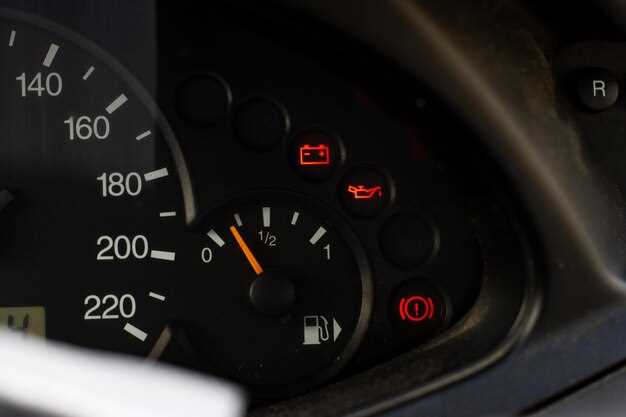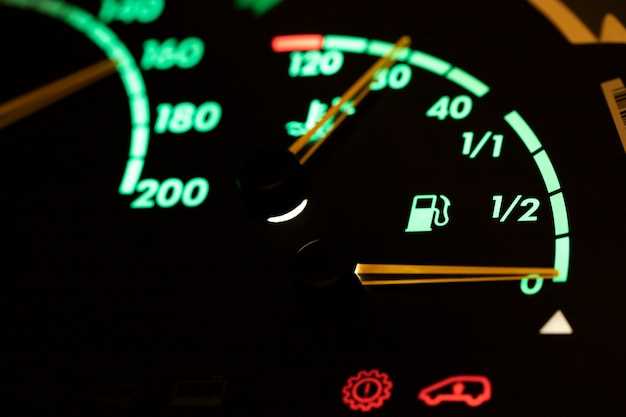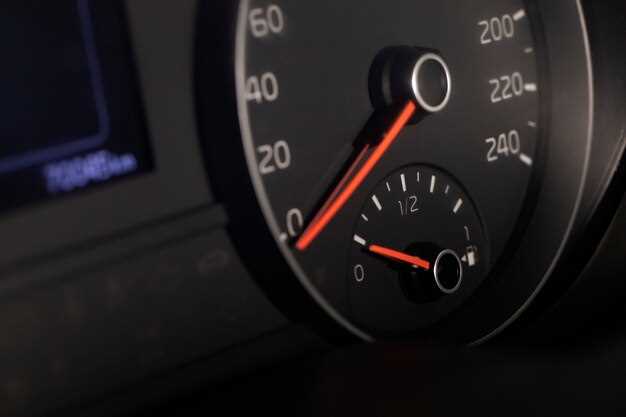
Why your check engine light is on

The appearance of the check engine light on your dashboard can be a cause for concern, signaling that your vehicle requires immediate attention. Understanding the common reasons behind this alert is crucial for effective troubleshooting and ensuring the longevity of your car. Ignoring the light may lead to more severe issues and costly repairs down the line.
Among the various reasons your check engine light may illuminate, some are minor and can be easily fixed, while others indicate serious mechanical problems. Issues such as a loose gas cap, faulty oxygen sensors, or catalytic converter malfunctions are frequent culprits. By getting familiar with these potential triggers, you can make informed decisions about when to consult a mechanic.
This article aims to help you identify the common causes of the check engine light being on, empowering you to address these issues through proper troubleshooting techniques. By recognizing the symptoms early on, you can protect your vehicle’s performance and your wallet.
Understanding Fault Codes and Their Meanings
The Check Engine Light (CEL) can be a source of concern for many drivers. When this light illuminates, it signals that the vehicle’s onboard diagnostics system has detected an issue that requires attention. The engine control unit (ECU) generates fault codes, which are alphanumeric codes that correspond to specific problems within the vehicle.
Fault codes are categorized using the On-Board Diagnostics II (OBD-II) system, which is standard in vehicles manufactured after 1996. Each code begins with a letter followed by four digits, indicating the type of problem and its location. The first digit identifies the system related to the issue: ‘P’ for powertrain (engine and transmission), ‘B’ for body, ‘C’ for chassis, and ‘U’ for network issues.
For example, a common fault code like P0420 indicates a problem with the catalytic converter’s efficiency. This specific code highlights that the ECU has detected performance issues in the emissions control system, prompting the CEL to activate. Understanding these codes can help you pinpoint the cause of the CEL activation and guide your decisions regarding repairs.
Once a fault code is retrieved, it’s crucial to interpret its meaning correctly. While some codes may point to immediate and easily identifiable problems, others can be more complex, requiring further diagnostics to understand fully. Many auto parts stores offer free code reading services, but professional assessment is often recommended for a comprehensive analysis.
In conclusion, being knowledgeable about fault codes associated with your CEL is vital for proper vehicle maintenance. Utilizing this information can help you address issues promptly, ensuring your vehicle operates efficiently and safely.
Common Issues Triggering the Check Engine Light

The check engine light can illuminate for various reasons, often signifying issues that require immediate attention. Understanding these common triggers aids in effective troubleshooting and can prevent more severe mechanical problems from developing.
One of the primary reasons for the check engine light activation is a faulty oxygen sensor. This sensor plays a crucial role in measuring the amount of unburned oxygen in the exhaust. When it malfunctions, it can affect fuel efficiency and increase emissions, prompting the warning light.
Another frequent culprit is a loose or damaged gas cap. If the cap isn’t sealed correctly, it can lead to fuel vapors escaping, resulting in a drop in pressure within the fuel system. This minor issue is easy to resolve but should not be ignored, as it can affect fuel economy and emissions.
Malfunctioning spark plugs or ignition coils can also trigger the check engine light. These components are essential for starting the engine and ensuring it runs smoothly. If they begin to fail, it can lead to rough idling and decreased engine performance, necessitating immediate troubleshooting to prevent further damage.
An issue with the catalytic converter may also cause the check engine light to activate. This important component reduces harmful emissions by converting exhaust gases. A failing catalytic converter can lead to increased emissions, poor fuel economy, and reduced engine performance, highlighting the need for prompt attention.
Additionally, problems within the mass airflow sensor can trigger the light. This sensor is responsible for measuring the amount of air entering the engine, which affects the fuel-to-air mixture. A faulty sensor can lead to inefficient engine performance and increased emissions, making troubleshooting essential.
Finally, issues with the vehicle’s onboard diagnostics system itself can result in a check engine light being illuminated. Regular diagnostics checks can help identify any problems within this system, ensuring your vehicle runs optimally and reducing the chances of the check engine light appearing unexpectedly.
Steps to Take When the Check Engine Light Activates

When your check engine light comes on, it signals that your vehicle’s onboard diagnostics system has detected an issue. The first step is to pull over safely and turn off the engine to prevent any potential damage. Once you are in a secure location, take a moment to assess the situation.
Next, check for any obvious signs of trouble, such as strange noises or smells, smoke, or leaks. This initial inspection can provide valuable clues regarding the problem. After evaluating the vehicle, locate your OBD-II (On-Board Diagnostics) port and use a code reader to retrieve any trouble codes. These codes can guide you in troubleshooting the specific issue.
If you do not have access to a code reader, consider visiting an auto parts store where many offer free diagnostics. Understanding the error codes will help you determine whether it’s something minor you can fix yourself or if professional assistance is needed.
In the case of a minor issue, such as a loose gas cap, you can address it immediately and reset the light. For more significant problems, consult your vehicle’s manual or a reliable mechanic for further diagnosis. Ignoring the check engine light can lead to more serious repairs and higher costs, so prompt action is crucial.
Finally, after resolving the issue, it’s advisable to clear the error codes to ensure the check engine light goes off. Keep monitoring the light; if it reactivates, further troubleshooting may be necessary to pinpoint persistent problems.